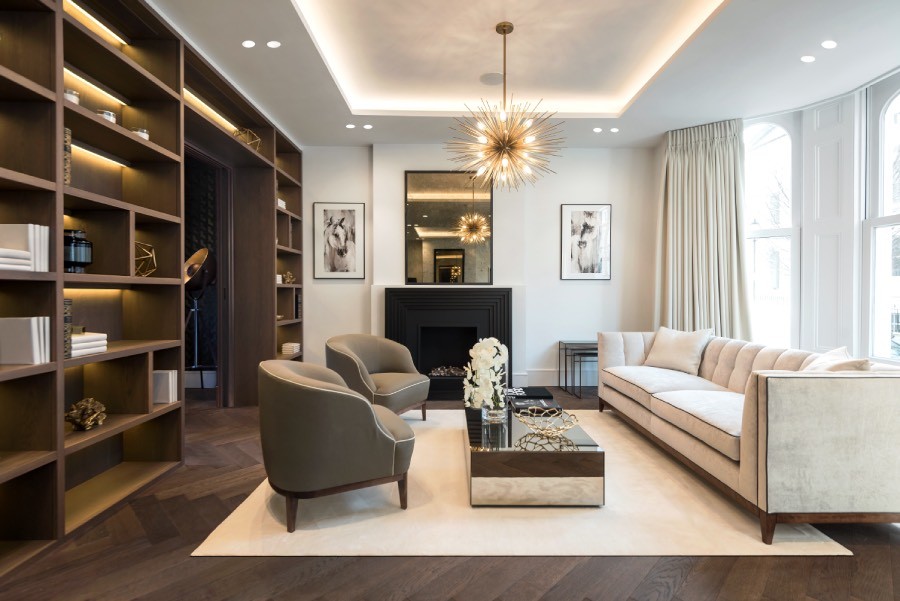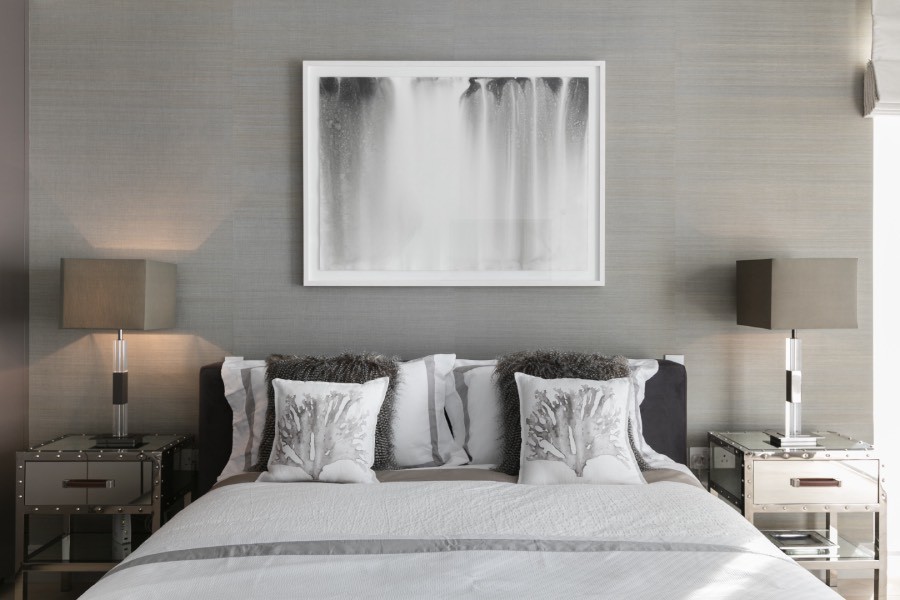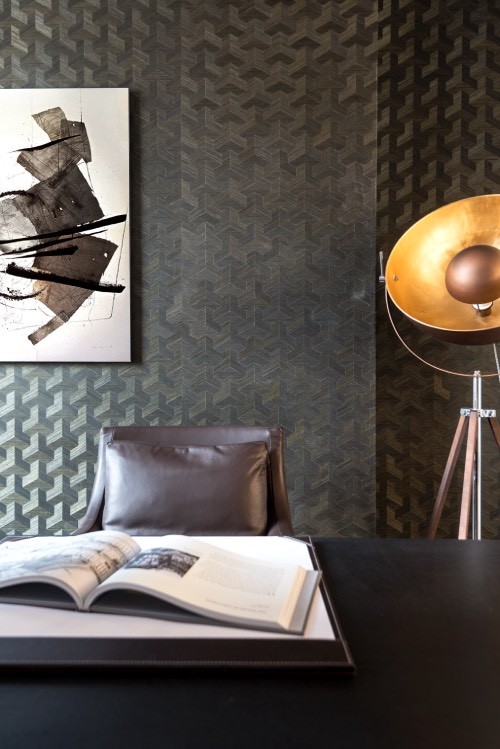With the latest report from Savills indicating real estate in Monaco is still the most expensive on the planet, Monaco Life asked Alan Waxman, founder of the interior design specialist Landmass, how owners can be making the most of those precious square metres.
Alan, what does interior design mean to you?
Many people get confused with interior design and think of only making things look pretty, as opposed to the nuts and bolts of it. My philosophy is a little like Steve jobs with Apple. He was passionate about doing things properly to the point where it drove people mad, like making sure the screws were aligned and that the soldering was done correctly on things that people would never even see. But that gave a lot of integrity to the product, and it’s the same with what we do. We spend countless hours on space planning, because if that’s not correct it doesn’t matter how good the finishes are.
What is your impression of interior design in Monaco?
What many people are used to here in Monaco is very elaborate, fancy finishes because that is the way a lot of designers perceive what people want. It’s like – more is more.
But again I come back to Apple and when they were bringing out the first iPod, Jobs looked at 32 different shades of white before choosing the right one. It is that attention to detail that we bring to the table. We will paint one of our properties, in London at least, the same colour throughout, usually some type of off white. Firstly, the property seems bigger, but we also create excitement in the use of space. We have colour in the finishes, the tiles or wallpaper etc, so when people say what they like about the project, ironically it is “the colours”. We also generally like to use the same flooring throughout because it gives consistency.
Why are you looking to expand Landmass to Monaco?
It appears that in Monaco, much of the interior layout design met demands 30 to 50 years ago, and not much has evolved since. I think that the supply of property for purchase or rent has been so buoyant that people have had to take what they are given.
You don’t think that’s the case anymore?
I think that there is a lot more exasperation and desire, whether from a renting or purchase perspective, of wanting a better quality product, especially for the money. And this is accentuated when clients are more educated in the design side and are a lot more sensitive to it. I feel that over the next few years there will be a change in the attitude of property owners to actually improve their offerings for rent or sale.
And as you say, it all starts with the floor plan…
Often the floor plans provided by real estate agents here are photocopies of old documents with no measurements. It is quite amateurish and was done this way 30 years ago in the UK. In fact, I don’t think there is anybody in Monaco who does floor plans with proper dimensions. And it’s because no one has needed to do it and no one has done anything about it.
So you see Landmass filling that void?
In London, agents look to get an exclusive instruction and that means they want to spend a bit more money on the presentation of the product. So if they have a property to sell that has an old fashioned layout, they offer a design space planning solution to the seller as part of the package, to help them win the instruction. Then, when clients enter someone’s property the agent can explain what they can do to change it, because unfortunately many people are not visual or have that imagination.
Tell me about the philosophy behind Landmass…
We have registered as a trademark our philosophy which is called ‘Volumetric design’. In the old days in the UK, people were selling their properties based on the number of bedrooms, and then what happened is someone asked the question: “Why is this four-bedder smaller than the three bedder, what is the square footage?” And the agent didn’t know! So after that they started doing floor plans and architects began maximising density.
Now here in Monaco, many properties are still sold based on the number of bedrooms. What we do is challenge that and, for example, by putting in fewer but better quality bedrooms. People want quality space, and if they just need an occasional bedroom for guests to stay, we can put in retractable walls, for example, so for 90% of the year they can have it open.
You have to understand your clients’ needs, and the difference between us and other designers is that I have completed over 35 of my own projects as principle. Now that puts me in a different position because I am able to speak peer to peer as opposed to just a service provider. Before we even talk about finishes with clients we look at two or three different layouts to brainstorm what works best for the client, and then go from there.


